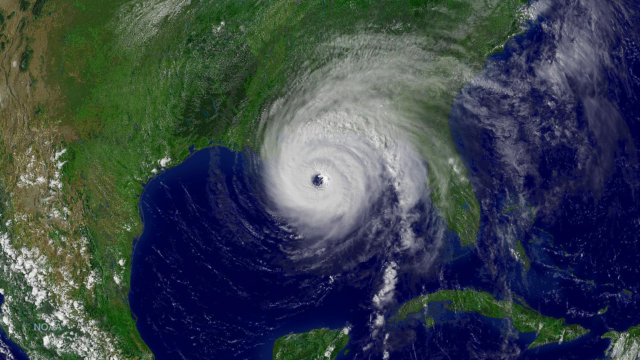The $12 Trillion Risk Facing Real Estate
Location has always been the cornerstone of real estate investing, but in 2025, location also means climate risk. According to new data, over $12 trillion worth of U.S. property is at risk from extreme weather events like floods, hurricanes, and wildfires. In Texas alone, the figure exceeds $1.1 trillion.
This isn’t just an insurance problem, it’s a cash flow and valuation problem. Whether you own one rental property or thousands of units, climate risk directly impacts your bottom line. Here’s how investors can prepare and profit in a world where extreme weather is the new normal.

Why Climate Risk Is a Financial Risk
Extreme weather is no longer a rare event, it’s happening more frequently and more severely each year. From hurricanes in the Gulf Coast to wildfires in California, these disasters create real financial consequences:
-
Rising insurance premiums or losing coverage altogether
-
Unexpected capital expenditures for repairs or mitigation
-
Falling property values in high-risk zones
-
Reduced tenant demand in areas seen as unsafe
Ignoring climate risk today could leave your investment underwater tomorrow, literally and financially.
Insurance Costs Are Outpacing Rent Growth
One of the clearest signs of this shift is the surge in insurance costs. Premiums in high-risk states like Florida, California, and Texas have risen by double digits year-over-year. Some insurers have exited these markets completely, leaving investors to seek expensive specialty policies.
If you underwrite a deal based on today’s insurance cost without projecting future increases, your cash flow projections may be way off, and that can kill your returns.
How to Factor Climate Risk Into Due Diligence
Smart investors are no longer just running pro formas, they’re running climate risk analyses. Here’s what you can do:
-
Review FEMA flood maps (and note that many are outdated)
-
Assess wind/hurricane models for Gulf and Atlantic coast assets
-
Ask locals and property managers about historical storm or flood damage
-
Budget for insurance escalation in your 5–10 year pro forma
By including climate data in your underwriting, you can avoid being blindsided by future expenses.
Opportunities for Prepared Investors
Markets overreact, and that can create opportunities. If a property is discounted because of perceived climate risk but you have a solid mitigation plan, you might acquire a cash-flowing asset at a favorable basis. The key is to stay conservative on insurance assumptions and maintain reserves for future capex.
My Takeaway
“I’ve owned real estate for over 30 years, and one thing I’ve learned is that risk always changes. Climate is now one of the biggest factors affecting property value and cash flow. Don’t ignore it. Build it into your numbers, stay conservative, and protect your downside. That’s how you win in every cycle.”



